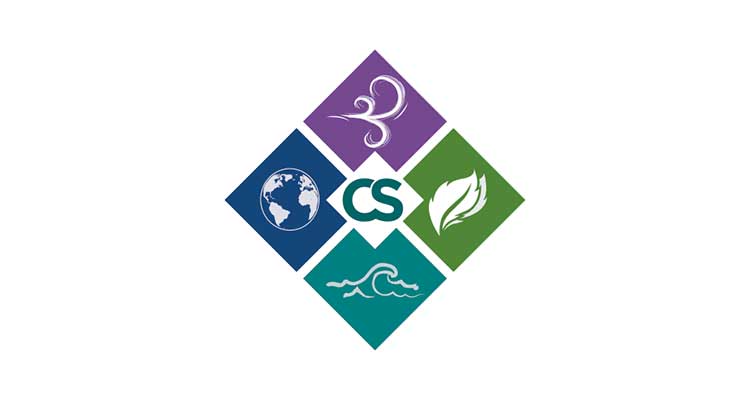Given the dangers in the oil and gas industry, the need for implementation of an effective Occupational Safety and Health Management System (OSHMS) is paramount for improving health and safety. A recent ExxonMobil refinery accident in Torrance, CA injured four workers, sent smoke and ash into the air, and forced OSHA to shut down plant operations.
The accident is not the first of its kind at the ExxonMobil facility. South Bay oil refineries have a history of destructive explosions and the recent explosion is the latest in a series of blasts over several decades at the Torrance plant. For instance, one person was killed and nine others were injured in a massive blast in 1988 that resulted in a criminal investigation. In 1994, 28 people were injured after unstable gases leaked from a disconnected pipe that caused an explosion with flames shooting 40 feet into the air.
Occupational Safety and Health Management Systems (OSHMS) guidelines provide a national/organizational framework for Occupational Safety and Health Management Systems. An Occupational Safety and Health Management System should contain the main elements of policy, organizing, planning & implementation, evaluation, and action for improvement.
There are several specific key components to achieve measurable improvement:
- Focus on safety can occur by mapping the business processes, risks, and controls involved in segments of the oil and gas industry.
- Training and empowering workers to follow consistent health and safety practices is the most critical component.
- Consistently managing site inspections, corrective actions, violations, and best practices.
- Developing and implementing action plans that are kept current and are available to all workers.
Developing and maintaining a successful Occupational Safety and Health Management System (OSHMS) involves several key steps. Creating a site-specific health and safety plan (OSHMS) that defines the oil and gas company’s health and safety mandates together with industry-standard procedures.
- The plan needs to contain details that include the following:
- Site project map
- Site org chart
- Personnel description
- Approach to Workplace Health and Safety
- Approach to Community Health and Safety
- Equipment on site
- Underground and aboveground utilities on site
- Fuel stored on site
- Insects
- Vehicles and other mobile equipment
- Physical hazards
- Signage
- Employee training
- Employee medical monitoring
- Respiratory and dermal PPE (personal protective equipment) requirements
- Auditory PPE requirements
- Safe work practices
- Training and health monitoring including:
- Safety Training
- Medical Surveillance
- Medical Exams
- Site Inspections
- Emergency Information
- Emergency Procedures
- Emergency Equipment
- Directions to Hospital
- Urgent Care
A Hazardous Materials Management System like Chemical Safety’s EMS product can manage many of the elements listed above. as well as some of the other components that should be diligently addressed including: The chemical inventory management hazardous substance database should, at a minimum, include the following features:
- Regular updates, easy access, and a low maintenance burden so that it can effectively enhance a facility’s safety operations.
- Cross-referencing with Safety Data Sheets and hazard related information.
- Proper hazard labeling and demarcation according to chemical hazards present, processes and activities.
- Worksite inspections.
- Implementation of best practices and lessons learned.
- Monitoring of health and safety activities through continuous training.
- Recording, processing, investigation, reporting of workplace incidents and accidents with root cause analysis and corrective actions.
- Employee health monitoring data.
- Management of change including the identification of new processes, new equipment, and new hazardous materials in the work site.
- Compliance management including industry, local, state, federal and international compliance and reporting rules.
- Audits and review programs that check and improve the processes that are in place and update the health and safety plan as needed.
- Statistics, reports and observations for management oversight and review.
- Last, but not least, is the implementation of a safety culture within the facility. Accidents can be avoided if the people that work in the facility believe that safety must be managed and monitored constantly. Please take a look at our technology and assess whether our tools can help improve operations safety at your work site.

